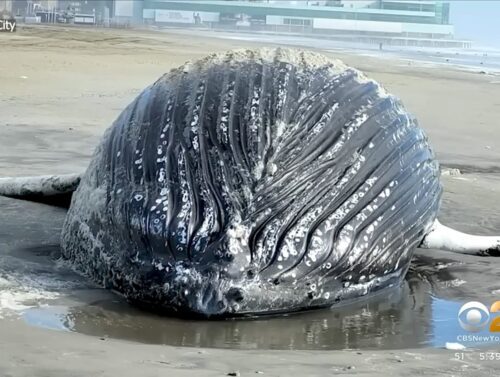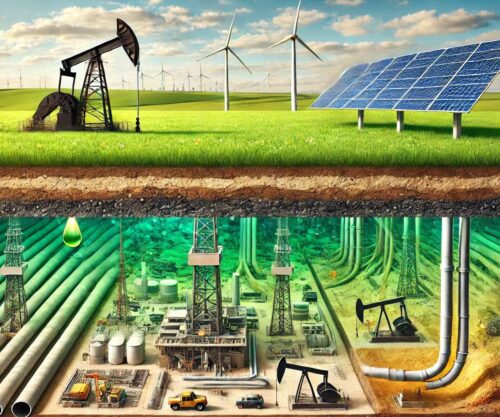
Indian authorities have accelerated a nationwide transition to a 20% ethanol blend in gasoline. Of the 1.46 billion people in India, many, including myself, were completely unaware that gasoline at the pumps was now a 20% blend. [emphasis, links added]
This is because the original deadline for the nationwide implementation of a 20% ethanol mix in gasoline, known as E20, was set for 2030. The decision to fast-track was made silently and without notice.
The move was defended with two primary justifications: a reduction in the cost of fuel imports and a more environmentally desirable standard to combat climate change.
Both justifications are deeply flawed.
Cost and Compatibility
India imports nearly 85% of its crude oil, a major contributor to the country’s trade deficit. Theoretically, ethanol made domestically could replace some imported oil and reduce the imbalance.
But the country’s Ministry of Petroleum and Natural Gas admits that the high cost of ethanol production will offset any reduction in the cost of foreign oil.
The bigger issue is mechanical.
Engines and fuel systems designed for lower ethanol concentrations may suffer long-term damage when exposed to E20. Carmakers have warned that vehicles manufactured before 2023 are not fully compatible.
Parts such as fuel pumps, injectors, and seals may degrade faster, increasing maintenance costs. This burden falls disproportionately on India’s middle- and lower-income populations, who typically drive decades-old vehicles, unable to afford frequent replacements.
In the U.S., ethanol content typically ranges from 10% to 15%, with higher blends of up to 83% available for “flex-fuel” vehicles designed for them. Consumers retain choice, and pure gasoline remains an option in many states.
In European nations like Germany, Finland, and France, consumers enjoy the choice between E10 and E5 at fuel stations, though uptake remains limited due to rigorous consumer protection laws and comprehensive labeling requirements.
Brazil’s five-decade-long ethanol program succeeded only because car technology evolved alongside policy.
Brazilians can still buy gasoline with and without ethanol. But no such choice is available in India.
The Environmentally Safe Fuel Logic
The second pillar purportedly supporting E20 policy – environmental benefits – rests on the scientifically shaky claim of ethanol being a climate savior.
For instance, the U.S. Department of Energy’s July report, “A Critical Review of Impacts of Greenhouse Gas Emissions on the U.S. Climate,” challenges assumptions underlying aggressive policies to mitigate the effects of vehicle emissions.
The DOE climate report says that most extreme weather in the United States shows no long-term trends, with assertions of increased frequency or intensity of hurricanes, tornadoes, floods, and droughts unsupported by historical data.
Undermining the case for sacrificing economic progress to meet climate goals, the report says greenhouse gas emissions pose no immediate threat to global stability.
Even in India, data for monsoon precipitation show no anthropogenic climate footprint. Frequent floods and droughts have been the norm since at least the 1870s, when government data first became available, and likely long before then.
If anything, the country is now more resilient than ever to avert catastrophic consequences from extreme weather, partly because of improved infrastructure and warning systems.
Climate alarmism no longer presents a credible argument for forcing hurried transitions.
When the effects of climate change prove less severe than commonly projected, the economic costs of policies like E20 are impossible to justify.
If wealthy countries like Norway, with a per capita GDP of $90,400, continue to issue licenses for oil and natural gas exploration, why should India, with only 3% of Norway’s GDP, impose the agenda of international climate elites on its citizens?
Ethanol may have its place, but only if compatible with the internal combustion engines it is supposed to power.
Technology transitions should deliver genuine value to consumers rather than impose ideological preferences on captive markets. True affordability measures costs honestly, including hidden expenses and both positive and negative effects on performance.
More importantly, freedom to choose must remain essential, particularly for populations whose income levels make them vulnerable to policy mistakes.
Climate alarmism no longer presents a credible argument for forcing hurried transitions. Poor people ought not foot the bill for pet projects of Europe’s political aristocracy.
Top photo of an Indian gas station by Mehul via Pexels
Read more at California Globe



















Many if not most of the people advocating strong action on climate change recognized that ethanol does nothing for the cause. The carbon dioxide emission to raise, harvest, transport, and in most case irrigate the corn cancel any reduction in emission that comes from using ethanol. The article tells of the problem with engines and higher cost. In some locations raising so much corn is adding to the problem of a dwindling water supply. The main thing that keeps ethanol as a fuel additive going in the US is the corn lobby.
“…and pure gasoline remains an option in many states.”
Cochise County, south east Arizona. We have a number of folks who cross the border into Mexico to fuel their older vehicles.